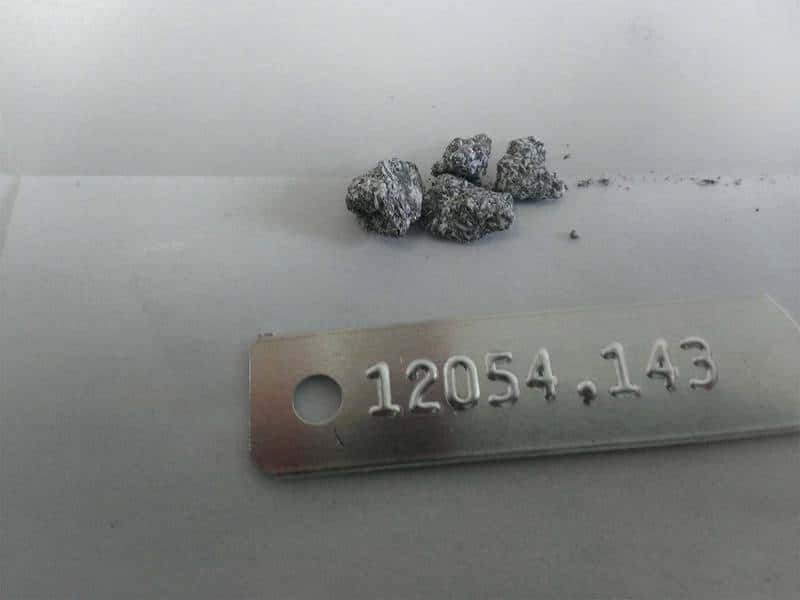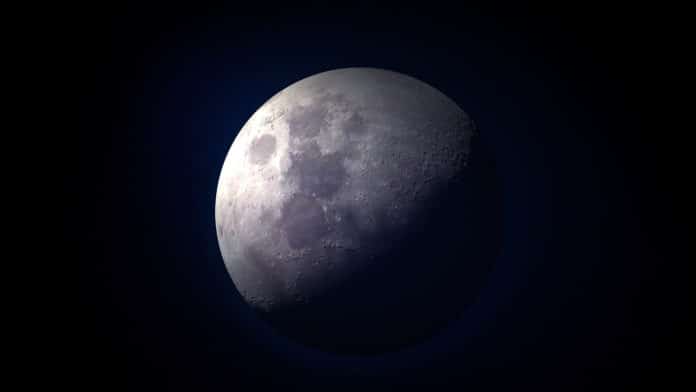The moon is a very old soul. Now, the new analysis of lunar rocks brought to Earth by Apollo astronauts determined that the Moon is significantly older than we previously believed.
The new study, led by Earth scientists at the University of Cologne’s Institute of Geology and Mineralogy, has found that our Moon was formed just (approximately) 50 million years after the origin of the Solar System.
The solar system was formed 4.56 billion years ago, and the Moon formed approximately 4.51 billion years ago. This new discovery could also help us to understand how old our Earth is.
Some earlier research had argued that the Moon to have formed approximately 150 million years after the solar system’s formation.
For their study, the team analyzed the chemical composition of a diverse range of samples collected during the Apollo missions. On 21 July 1969, when humanity walked on the Moon for the first-ever time, Neil Armstrong and the crew collected and brought back to Earth 21.55 kg of moon surface samples.
These samples were collected to understand not only the history of the Moon but also of our Earth and the other planets that surround us. And almost exactly 50 years later, these samples are still helping us to study the history of the Earth-Moon System and the solar system.

This study focuses on the chemical signatures of different types of lunar samples collected by the different Apollo missions. “By comparing the relative amounts of different elements in rocks that formed at different times, it is possible to learn how each sample is related to the lunar interior and the solidification of the magma ocean,” says Dr. Raúl Fonseca from the University of Cologne.
The Moon was probably formed after a massive collision between a Mars-sized planetary body and the early Earth. Over time, the Moon accreted from the cloud of material blasted into Earth’s orbit. But in early stages, it looked very different, covered in a magma ocean, which formed different types of rocks as it cooled.
“These rocks recorded information about the formation of the Moon, and can still be found today on the lunar surface,” says Dr. Maxwell Thiemens, former University of Cologne researcher and lead author of the study.
Dr. Peter Sprung, the co-author of the study, adds, “Such observations are not possible on Earth anymore, as our planet has been geologically active over time. The Moon thus provides a unique opportunity to study planetary evolution.”
Notably, the relationship between the rare elements like hafnium, uranium, and tungsten – that could be found in the lunar samples – has been used as a probe to understand the amount of melting that occurred to generate the mare basalts, i.e., the black regions on the lunar surface. The study could identify distinct trends amongst the different suites of rocks, which now allows for a better understanding of the behavior of these key rare elements.
Among all those elements, hafnium and tungsten are particularly important because they work as something of a natural clock – they decay reliably, so they can be used to track time. That decay only lasted for the first 70 million years of the solar system, and it helped show that the Moon already started solidifying as early as 50 million years after the solar system formed.
“This Moon age information means that any giant impact had to occur before that time, which answers a fiercely debated question amongst the scientific community regarding when the Moon formed,” adds Professor Dr. Carsten Münker from the UoC’s Institute of Geology and Mineralogy.
The study ‘Early Moon formation inferred from hafnium–tungsten systematics’ is published in Nature Geoscience.
